Admit it: you don’t pay that much attention to the labels on the food you’re buying. If the package says “natural” and it’s mostly brown, that probably means it’s healthier than the colourful item next to it, right? Into the cart it goes.
But labels can be deceiving — especially the ones trying to convince you to make a split second decision while perusing a dozen different varieties of peanut butter. So let’s take a minute to read some of those labels we’ve been glancing over and see how we’ve been misled.
“Wheat”
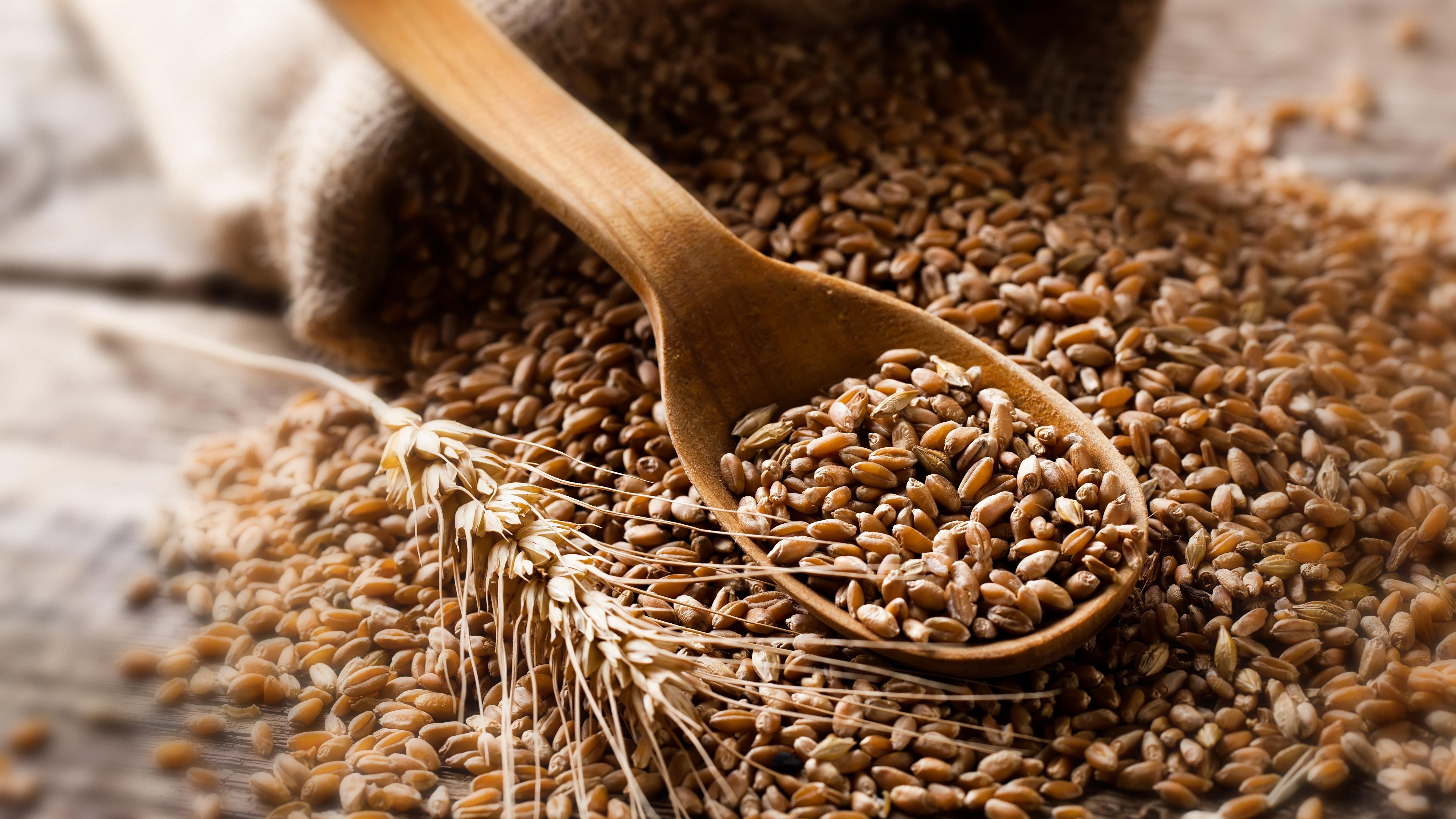
Wheat is a plant in the grass family, and its seed is both edible and highly starchy. White flour is made from the inner, starchy part of that seed. Whole wheat flour is made from the entire seed, which includes the germ and the bran.
So what are you getting if you buy “wheat bread,” or if the first ingredient in the list is “wheat flour?” Often you’re buying white bread, or bread made with white flour! If you’re looking for whole wheat, you want to see the word “whole” in there.
“Multigrain”
This one works on our brains the same way as when we confuse “wheat” for “whole wheat.” Whole grains are good, and many whole grain recipes use more than one grain. (Wheat, barley, and millet, for example.) But are we eating whole grains or just many grains? Once again, look for “whole” if you want whole grains.
And pay attention to where gain is located in the ingredients list. If the list starts off with “unbleached enriched wheat flour,” that’s white flour, and the multiple whole grains may just be a sprinkling toward the end.
“Light” olive oil
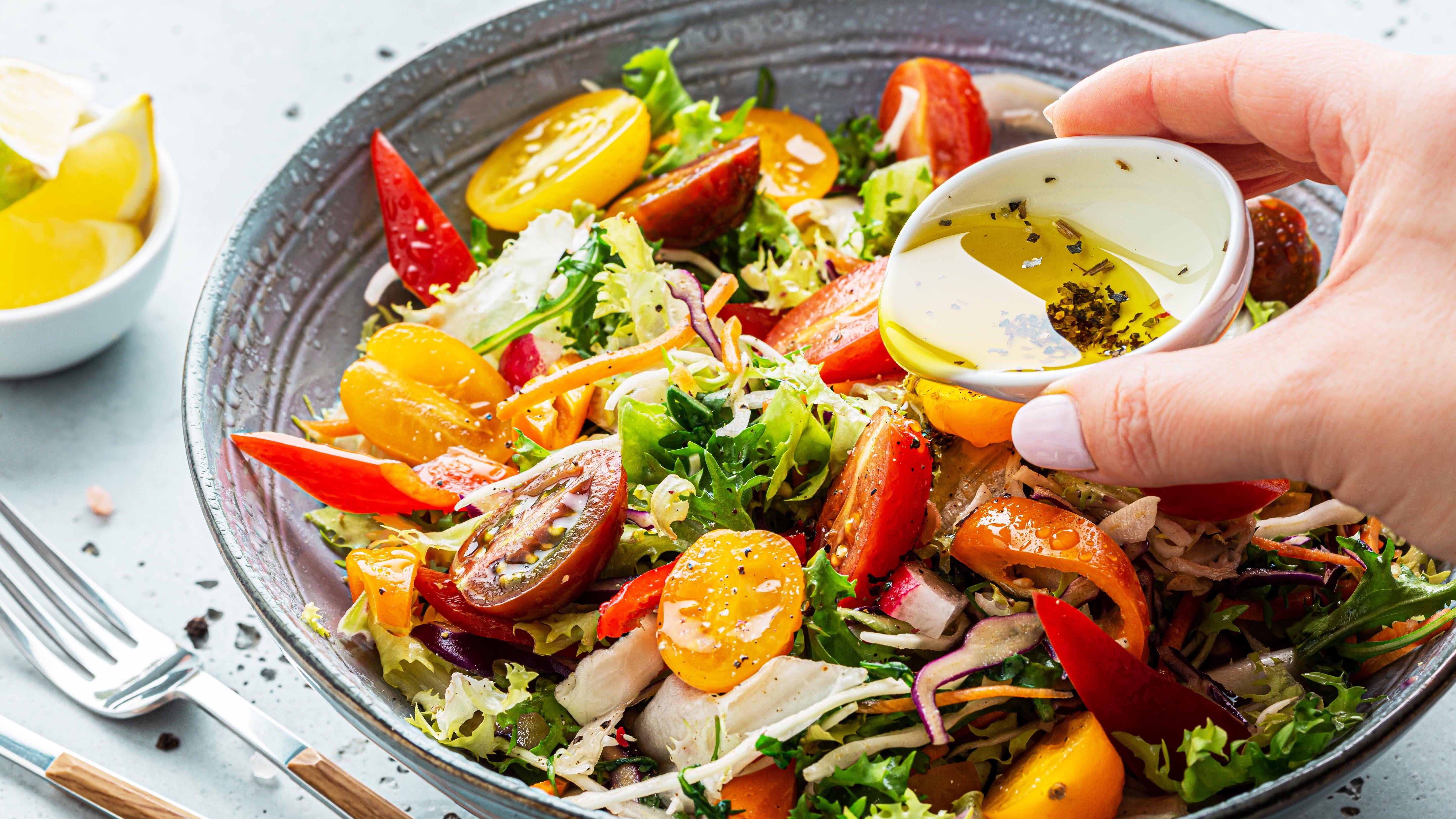
If you lived through the 1990’s, you probably remember when everything was “light.” The implication was that the “light” item was lower in fat, and sometimes lower in calories as well. (Often it was only lower in fat, and made up the calories with extra sugar.)
Although the trend has subsided, you can still get “light” olive oil, which does not mean low fat and has never meant low fat, low calorie, or anything like that. Light olive oil simply has less olive taste. It’s also lighter in colour, hence the name, and has a higher smoke point. But it still has the same 14 grams of fat and 120 calories per tablespoon as extra virgin.
“Organic”
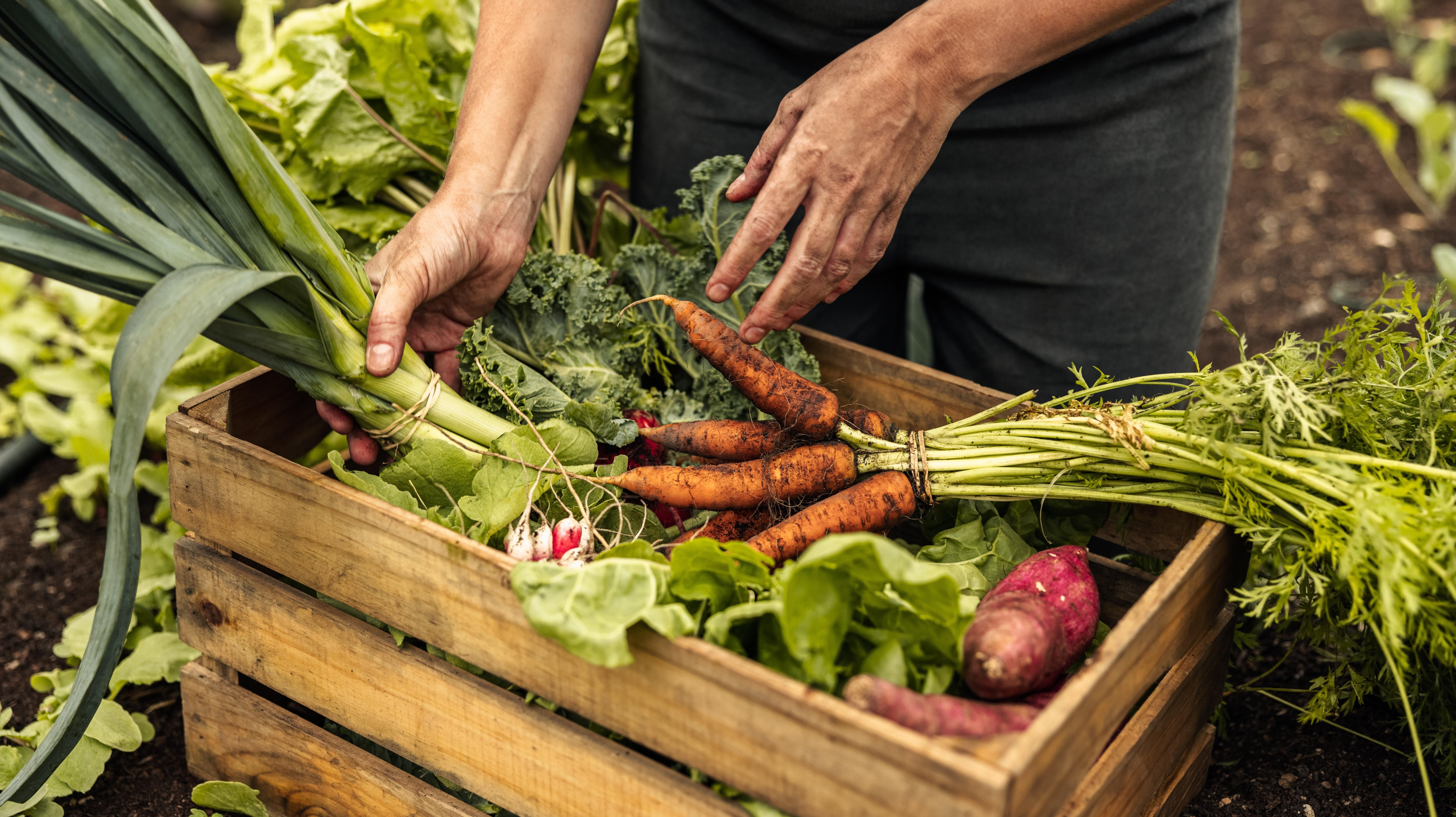
This label actually has a strict definition, but I’m including it on the list because not many of us have given that definition much thought. Organic just sounds healthier, right? Or maybe you’ve heard the opposite — that organic doesn’t mean much, so you think it’s just a vague term like “natural.”
But both of these assumptions are wrong. Organic foods aren’t necessarily healthier or better than their non-organic counterparts. The organic definition is strictly regulated by the USDA, and it’s a mishmash of things that various environmental groups have lobbied for. Pesticides used when growing crops must come from an approved list of “natural” pesticides, for example, and meat must come from animals fed organic feed.
So does that make organic food healthier? Not necessarily. Studies have compared the two, and where they find nutritional differences, they are small and are the kind of thing where scientists can argue about the nuances — not a clear reason to choose one over the other.
“Natural”
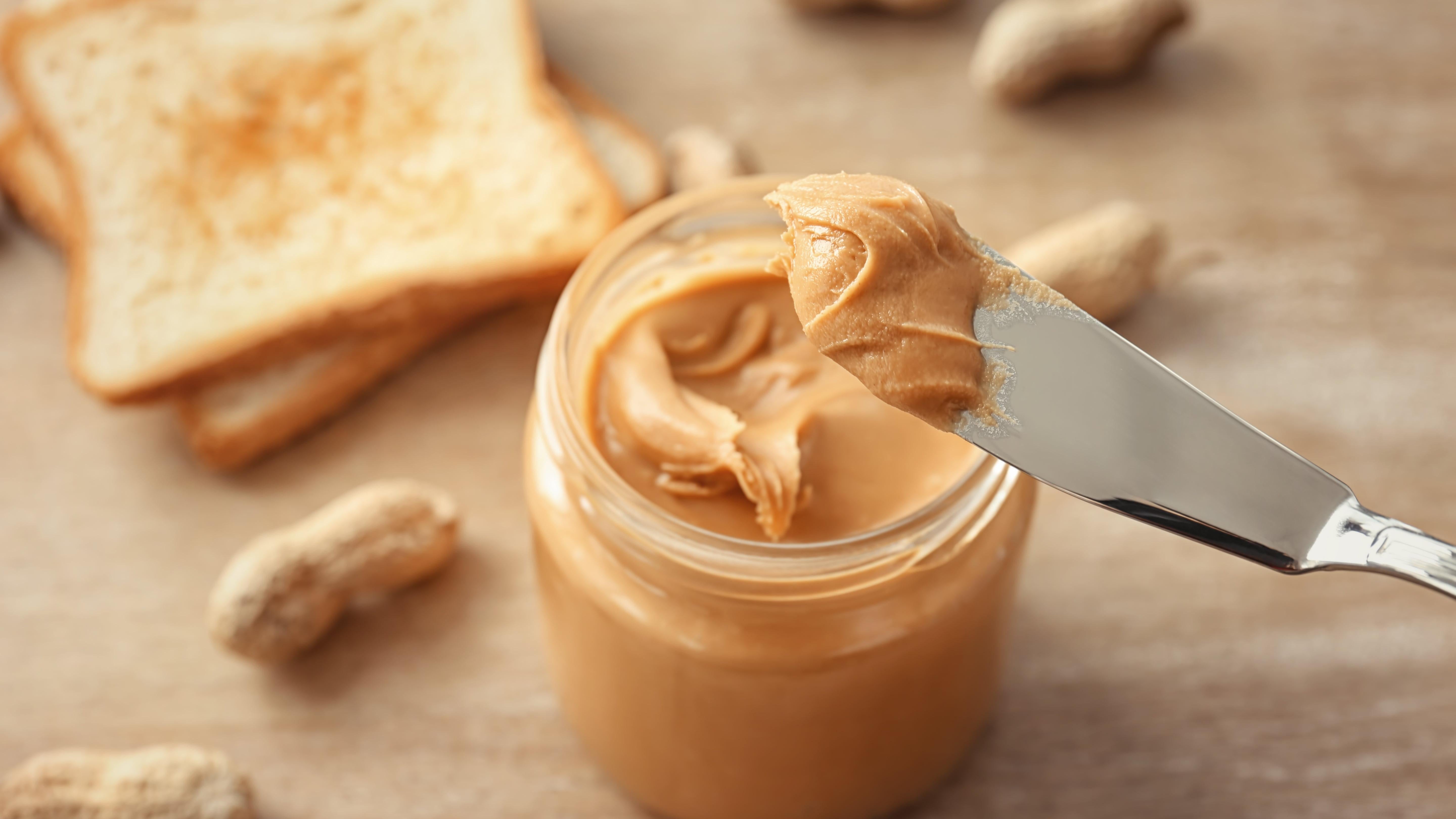
I like to think I’m good at seeing through labelling nonsense, but even I got burned by this one. We were staying with family, and they bought the “natural” Skippy peanut butter for my kids’ sandwiches. At home, we get the stuff that’s just peanuts and salt, rather than the Skippy or Jif that’s packed with hydrogenated oil and sugar. Natural Skippy comes in a brown jar with a brown lid, and it says “natural,” so that’s the same thing, right?
It was a big jar, so we took the leftovers home. My daughter liked it, so we kept buying the same brand. Then one day I made a sandwich for myself, and thought wait a minute, this tastes too sweet. I flipped over the label: peanuts, sugar, palm oil, and salt! Not what I thought I was eating at all. (Regular Skippy uses a mix of hydrogenated vegetable oil. Palm oil is more “natural,” I suppose, but it’s arguably worse for the environment.) The nutritional content between regular and “natural” Skippy is identical.
Under U.S. law, food companies can use the word “natural” without having to meet any specific criteria or definition. Foods labelled that way are not necessarily healthier, simpler, or better for the environment.
Fat-free spray oil
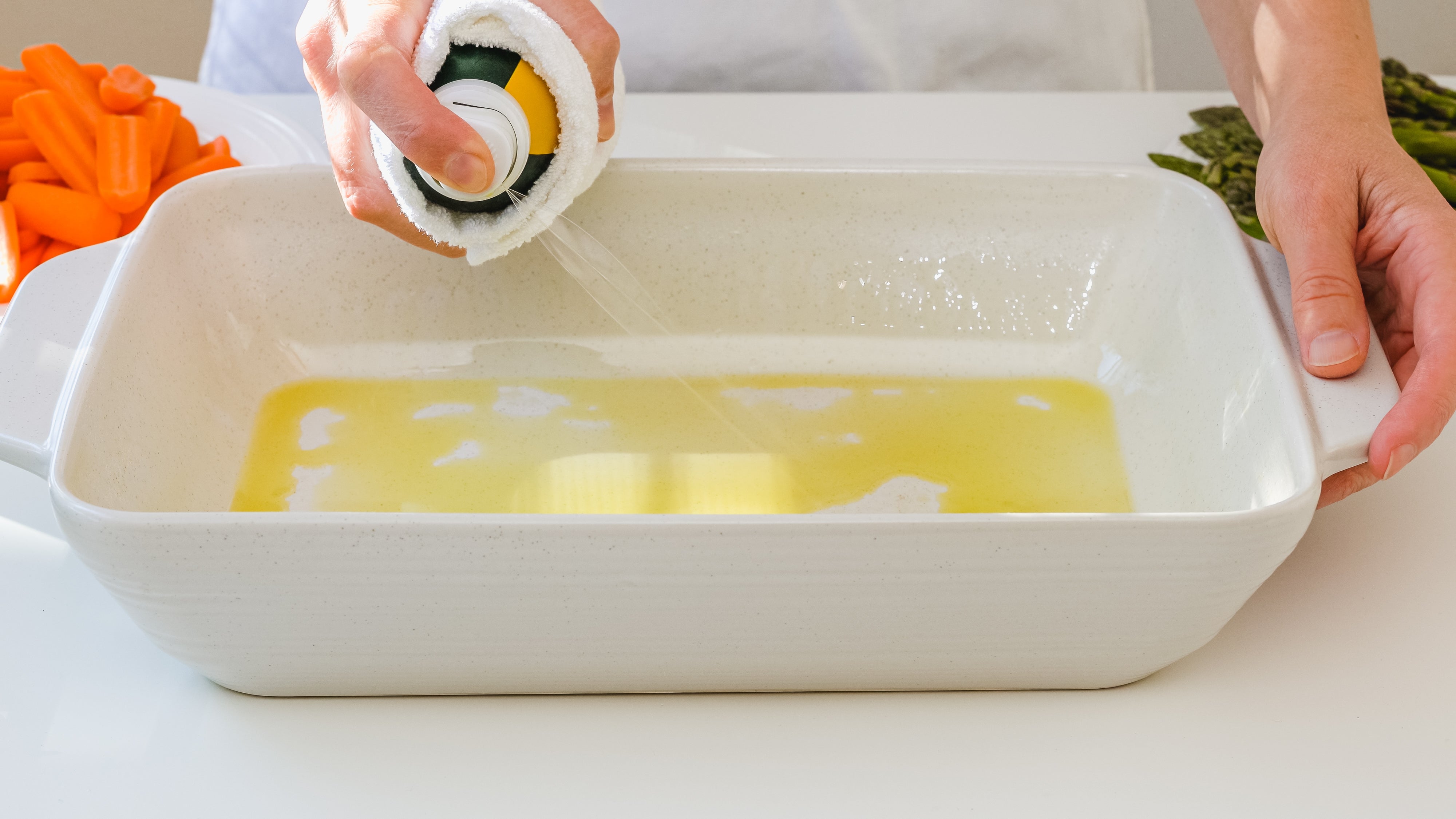
Want to use less oil in your cooking? Flip over a can of PAM and you’ll see the spray contains zero calories and zero grams of fat. Great, no calories there!
But that’s only because a “serving” is listed as a “1/4 second spray.” If you hold the can a good 12 inches from your pan and barely touch the nozzle, you can sometimes actually get a burst of spray to cover the pan. But that’s not necessarily enough to cook your eggs, and it’s definitely not what most of us do. (I’d say I use about 3 seconds worth of spray, maybe more.)
The spray is nearly entirely oil. It’s not fat-free, it is fat. But the rules for nutrition labels say that if the serving contains less than half a gram of fat, you can list it as containing zero grams of fat. And if the serving contains less than 5 calories, you can report the calorie content as zero. PAM and their ilk are just regular oils. The only thing that makes them supposedly low calorie is that the serving size is very, very small.
Veggie snacks
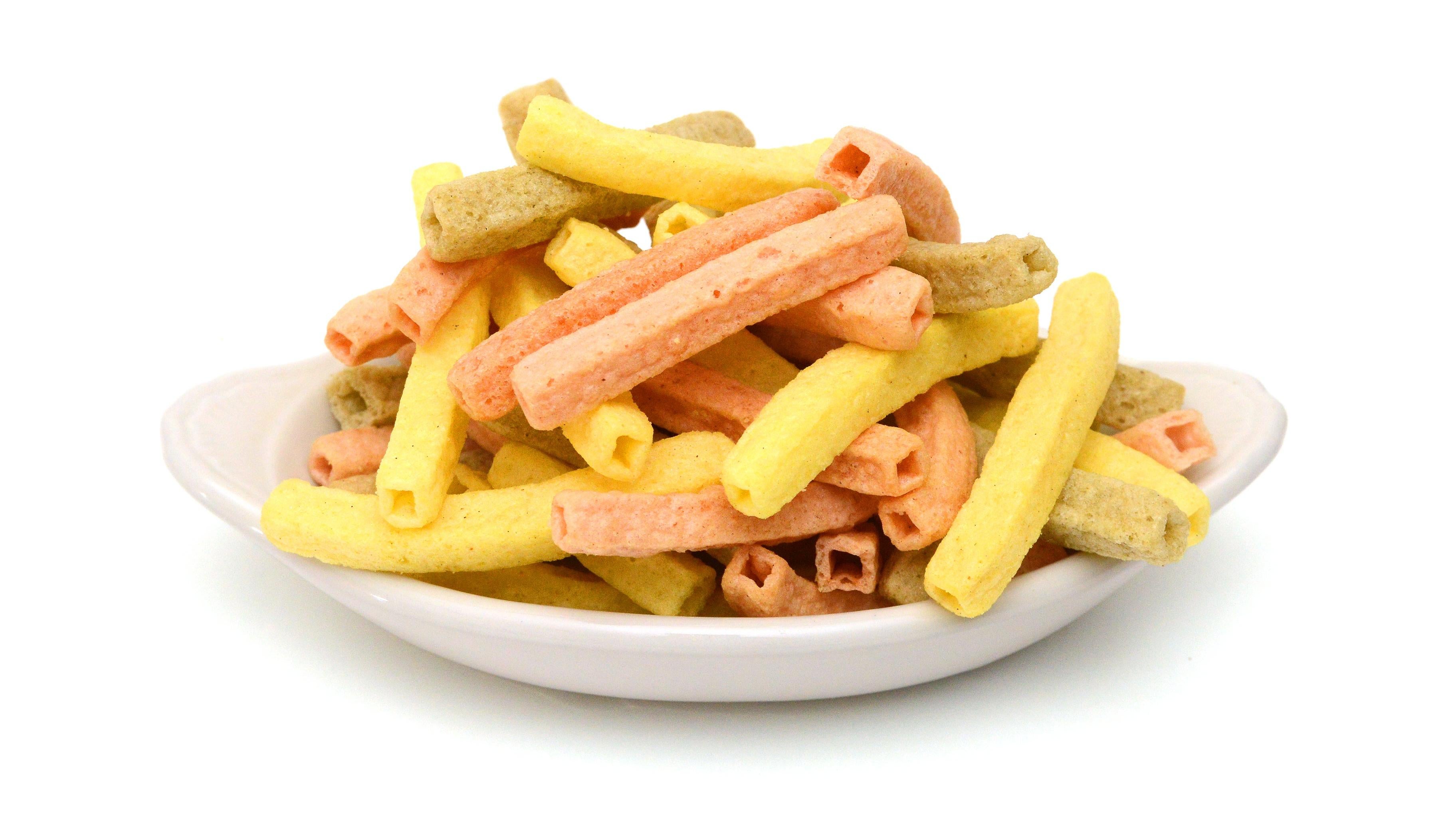
My kid loves veggie straws. She’s even tried to argue they should count as a vegetable at dinner. Sorry, kid. Adults might not be as easily fooled, but there’s a definite health halo to something with vegetables on the label and, technically, vegetables in the ingredients.
But veggie-based snacks often include just the merest touch of the vegetable. Veggie straws, for example? The first few ingredients are potato starch, potato flour, and oil. Then there’s a smidge of spinach powder and tomato paste for flavour and colour. Nutritionally they have more in common with potato chips than with any vegetable.
“Uncured” bacon
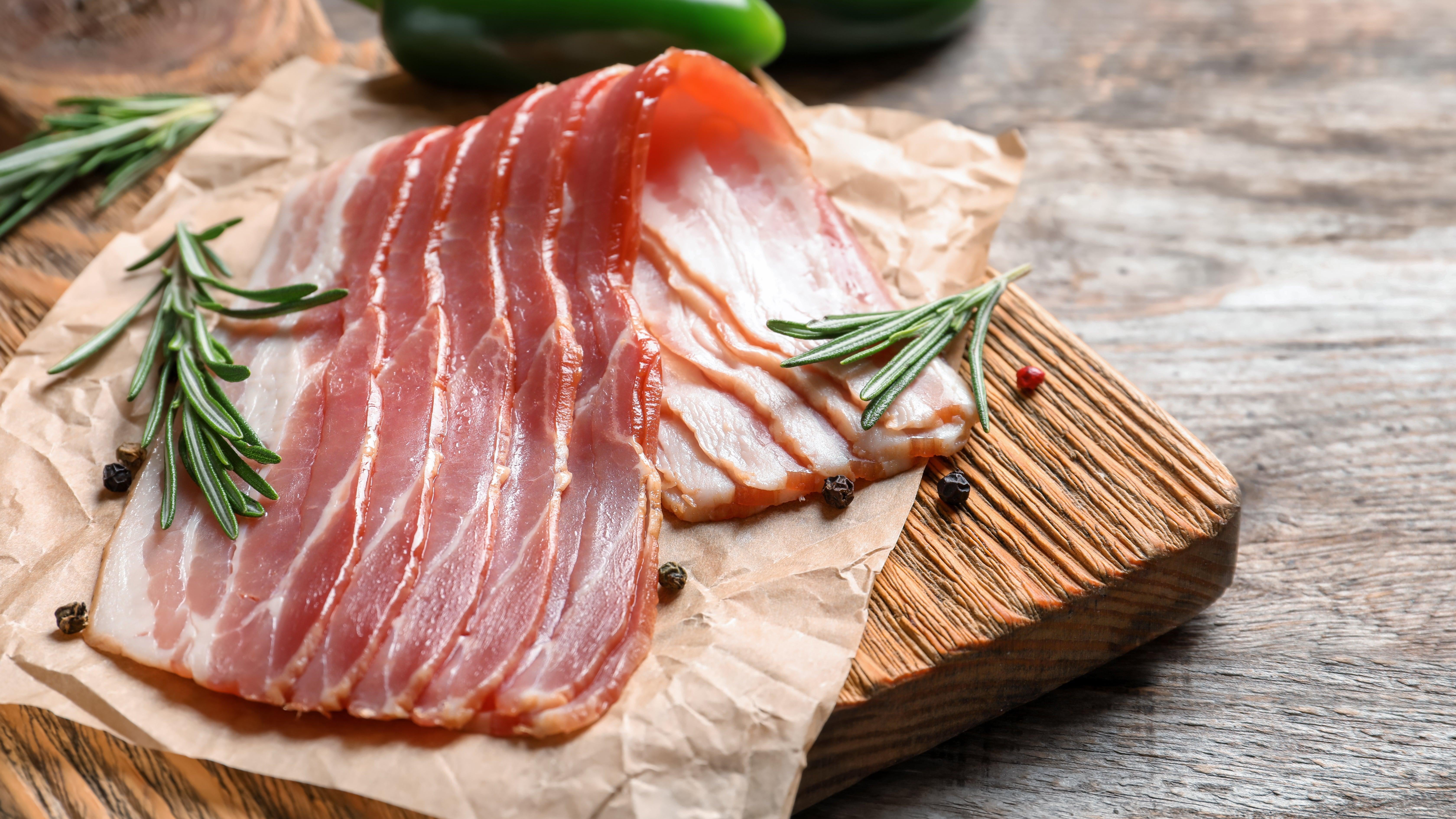
Processed meats have been associated with health concerns, and the nitrites and nitrates found in cured meats (like bacon) may potentially affect blood pressure and other aspects of heart health. So it’s understandable if you want to be cautious and eat less cured meat.
But “uncured” bacon (or ham, etc) is not the way to do that. It’s still cured, meaning that nitrites are added to preserve the meat and to help it keep its pink colour. But instead of being cured with sodium nitrite, it’s cured with something like celery powder — which naturally contains nitrite. Bafflingly, the labelling regulations require that celery-cured bacon be labelled “uncured.” But chemically, it’s the same thing.
“Made with real fruit”
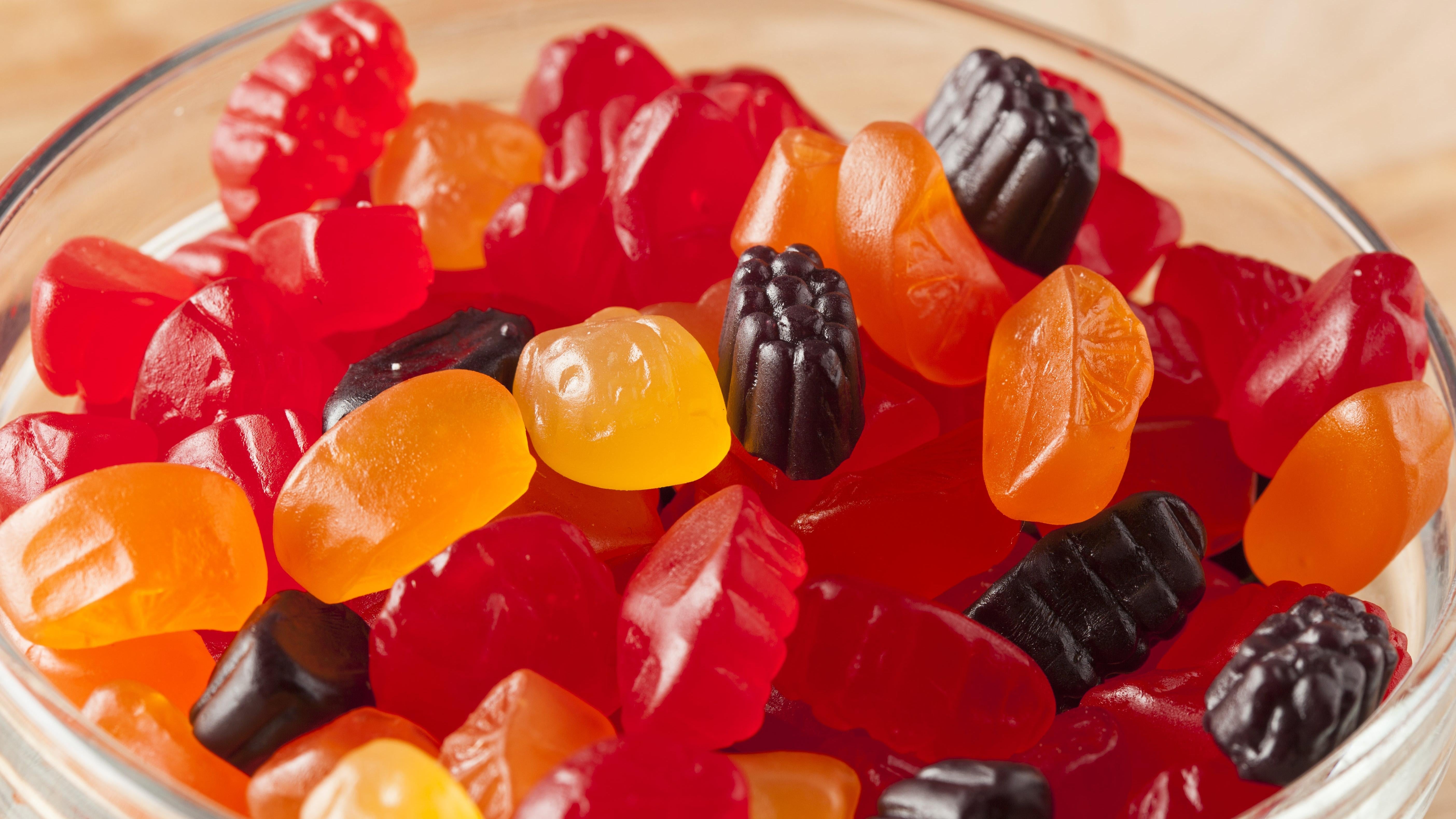
Welch’s really, really wants me to believe that their gummy candy is subtly healthier than, say, a bag of Haribo. The box has pictures of fruit all over the label, a big area of text touts its vitamin content and the fact that it has no preservatives or gluten (why would you even put preservatives or gluten in gummy candy?). And of course, there’s the label proclaiming that the candies are made with REAL FRUIT.
They’re not lying — there’s fruit puree in those things, and they’ve even managed to make it the first ingredient. “Made with” claims are usually required to have some kind of honesty to them — even if they’re not made with very much of the thing they’re touting.
But what does that end up meaning, nutritionally? The per-serving calories, carbs, and sugar are nearly identical to what’s in a bag of gummy bears. 90 or 100 calories, 13 or 14 grams of added sugar, 0 and 0 grams of dietary fibre. It’s still gummy candy, no matter how much they play up the fruit aspect.
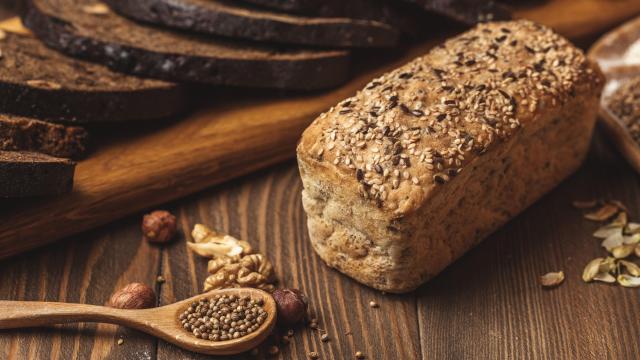
Leave a Reply
You must be logged in to post a comment.